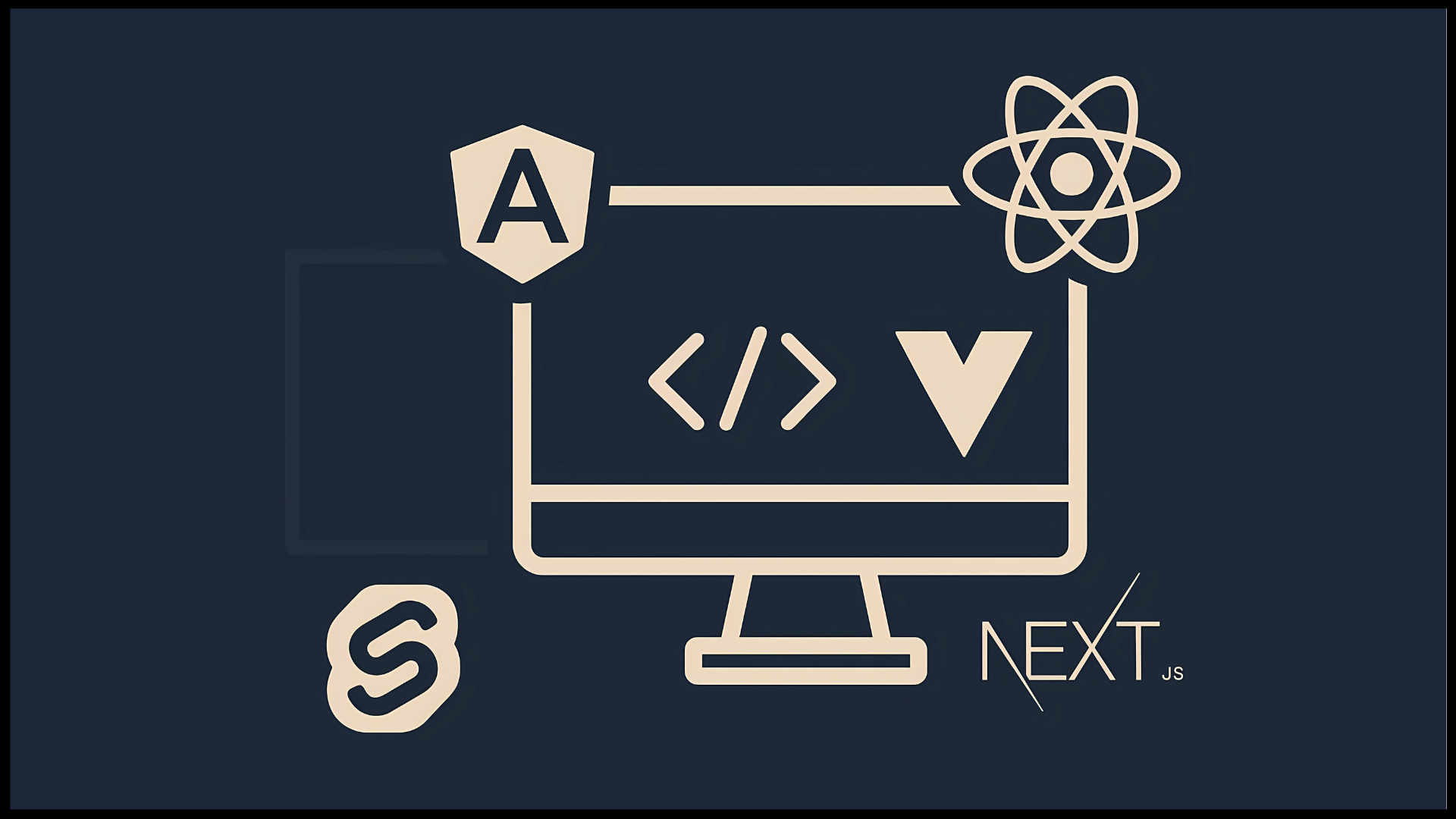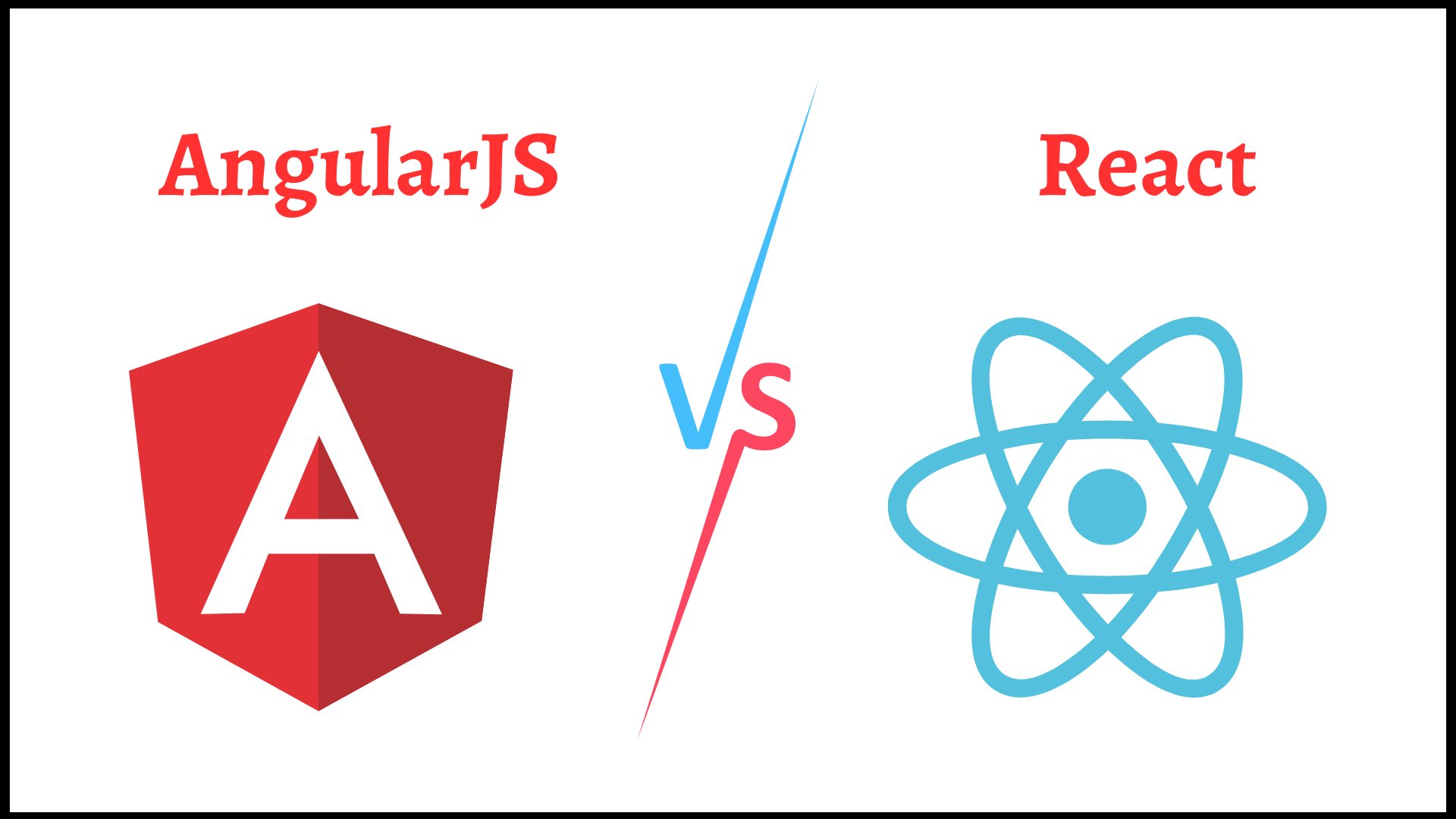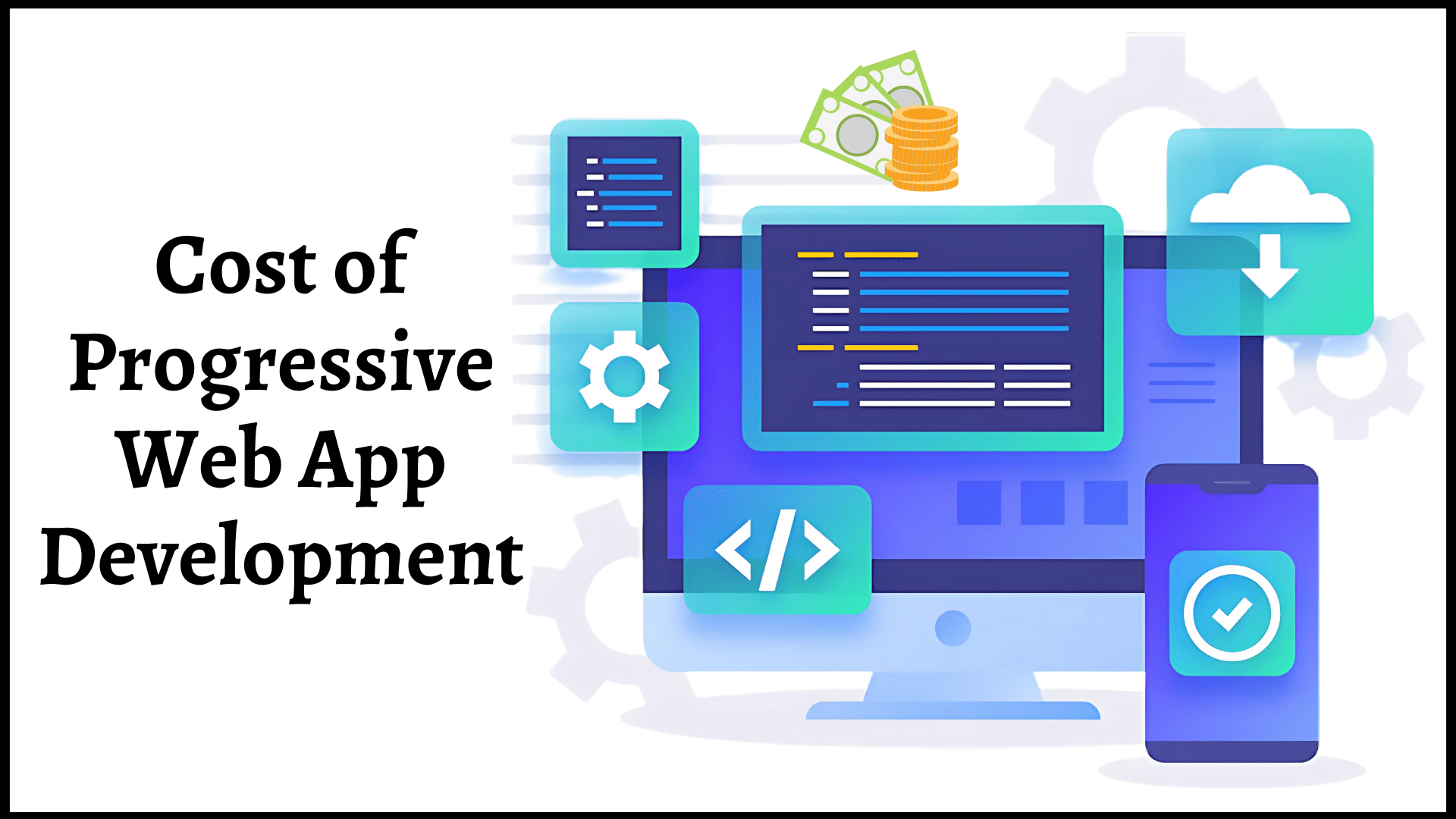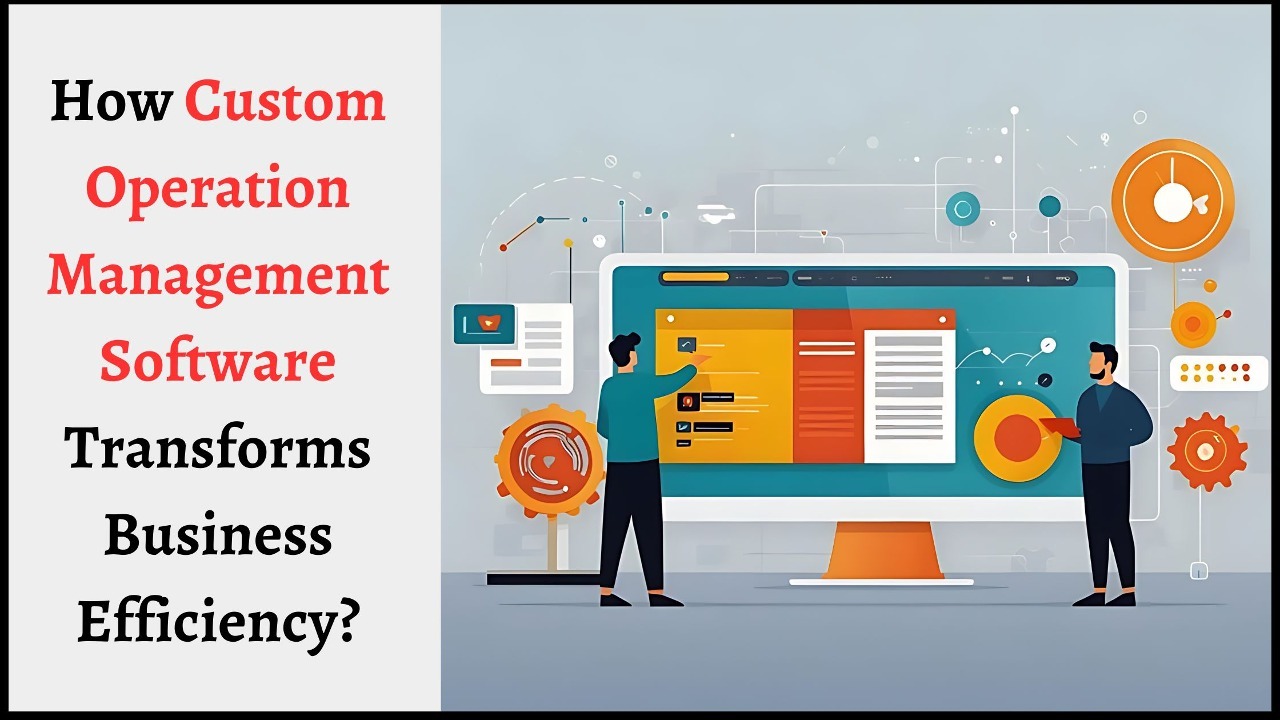- Understanding Frontend Framework
- List of the Best Front-end Frameworks in 2025
- How do these Top Front-end Frameworks Stack up in 2025
- Why is Choosing the Best Front end Framework Crucial?
- How to Choose the Best Front end Framework for Your Web App?
- Common Mistakes to Avoid When Choosing the Best Frontend Framework for Your Project
- Build Your Envisioned Web App With CSSChopper
Your web application is often the first interaction users will have with your brand. It needs to work fast, perform smoothly, and feel intuitive. But, behind every great web solution that ticks all the boxes of UI lies a powerful decision of picking the best frontend framework.
For instance, Canva, the popular graphic design platform, operates primarily on React as a frontend framework. Canva’s choice of picking the proper framework for its frontend is generally considered a solid and valid choice due to the pros of React in terms of development, performance, and scalability. Now, the question to consider is, how do you pick the suitable frontend tech among the most popular front end frameworks to maximize your project’s success?
However, there is no direct answer. The ideal framework for the front end differs from project to project. React.js looks more promising for one project, while for another, Angular.js delivers an extra edge. The best framework for your web app depends on your project needs and the type of web app you want to build.
Thus, this blog provides some of the best, lightweight, and performance-first framework choices in frontend development. It also explains how to choose a project-suited choice among the top frontend frameworks and what mistakes you need to avoid.
Understanding Frontend Framework
Before revealing the best frontend frameworks, it is crucial to understand what they are. A framework is a collection of pre-written code, libraries, and frontend development tools that aid in building the user interface of a web solution (website or web app).
These frameworks provide structure and reusable components, which help speed up the development process by ensuring best practices. Choosing the best frontend framework has several benefits:
- Your web app can have a UI that aids in attracting and retaining visitors.
- Helpful in reducing server requests to display content faster.
- The development of a screen-friendly web solution becomes easier.
List of the Best Front-end Frameworks in 2025
Most modern frontend frameworks are built using JavaScript, the core language of the web. Its widespread adoption and strong community support have led to the creation of several popular frameworks. Based on the features, support, and popularity, we have picked the top web ui frameworks. Here is a list of some of the best ones:
1. React
Built and maintained by Facebook (now Meta), React is a popular frontend framework for creating intuitive user interfaces. It focuses on the “view” aspect of the MVC (model-view-controller) architecture and allows React developers to build reusable UI components.
When to Use React?
React is well-suited for building dynamic and interactive UIs, especially if you want to develop single-page applications (SPAs). It is also beneficial for organizing large codebases with multiple components and managing web application state. However, ensure you opt for the industry-best React web development services to leverage this framework’s overall benefits.
When Should You Not Use React?
Suppose you want to build static websites or simple web applications with minimal interactivity, React is not the right choice. Also, if your primary aim is to display content without user interaction, React might not be the accurate fit.
2. Angular.js
Angular.js, the precursor to Angular (a potential JS framework), significantly aids JavaScript frontend development. Google curated AngularJS, the first version of this framework. This framework is primarily utilized for building single-page web applications due to its MVC architecture, which helps structure web applications in a more manageable way.
Use AngularJS if
- You want to build complex web solutions with rich interactions.
- If you want to build chat apps, collaborative tools, or social media platforms, where data changes frequently.
- Single-page web application development is your primary goal.
Do not use AngularJS.
- For smaller projects with limited interactivity, AngularJS might be overkill.
- AngularJS web development is not the right choice if you require simplicity over feature-richness.
3. Vue.js
One of the progressive JS frameworks is VueJS. It comes with various features that help build excellent web solutions. This frontend framework excels in ease of use, flexibility, and features like reactive data binding, component-based architecture, and virtual DOM.
When to Use Vue.js?
- It’s an ideal framework for building a single-page application due to its reactivity system and component-based structure.
- This is a suitable frontend framework for small to medium-scale projects that don’t require the complexity of larger frameworks.
When Not to Use Vue.js?
- Do not go for VueJS for frontend web development where complex state management is required.
- Not an ideal framework for a backend-heavy project.
4. Svelte
Svelte is one of the modern JavaScript frontend frameworks with a unique frontend development approach. Unlike traditional frameworks like React or Vue that do most of their work in the browser, Svelte shifts that work to the compile step. This means your app runs faster with less overhead.
Use Svelte as a frontend framework, if
- You want a lightweight and quick framework for your project.
- Building reactive and interactive UIs is your primary goal
Do not use Svelte
- Your project requirements are complex, so this modern JS framework is not the right choice.
- If you need comprehensive third-party library support or are working in an environment where long-term community support is critical.
5. Next.js
This is one of the highly popular frontend frameworks built on top of React. It is designed to build server-side rendered (SSR) and statically generated web applications. This offers developers a seamless experience with built-in routing, API handling, and improved SEO capabilities.
When to Use Next.js?
- Your primary purpose is to build a content-rich web application.
- This is an ideal framework for utilizing React with SSR benefits.
When Not to Use Next.js?
- Not a suitable fit for web applications that do not require server-side rendering or SEO optimization
- Next.js is not a suitable frontend framework for small, one-page sites or prototypes.
How do these Top Front-end Frameworks Stack up in 2025
Finding your project-preferred framework can positively impact your business outcomes. From how fast your web app loads to how easily it can scale as your user base grows, the role of the frontend framework you choose is crucial in your web application’s success. Here is a tabular comparison of the web frontend frameworks:
| Key Factor | React.js | Angular.js | Vue.js | Svelte | Next.js |
| Performance | Fast | Moderate | Fast | Very Fast | Very Fast |
| Scalability | Highly scalable | Ideal for large web apps | Great for growing projects | Highly scalable for medium to small projects | Top-notch scalability |
| Development Time | Moderate | Slower | Quick | Quick | Fast (with built-in tools) |
| SEO-friendliness | Not fully apt | Niderate | Good with Nuxt | Good | Excellent |
| Best Used for | Complex web apps | Enterprise-level solutions | MVPs and dashboards | Interactive lightweight web apps | High-performing sites |
This table showcases a list based on the key factors of the selected frameworks. However, the best frontend framework is the one that fits your project’s needs.
Why is Choosing the Best Front end Framework Crucial?
The front end of your web application is not just about how it looks. Instead, it is the part where users engage, interact, and make decisions. Choosing the frontend framework that suits your project is not just smart, it’s strategic. The project-suited framework can aid in building a web app that handles user load, delivers content, and scales as demand grows.
1. Enhanced Performance
You must consider the performance of the web application you will build. A well-chosen frontend framework for your project ensures faster load times, fewer lags, and a smooth transition, which leads to a better user experience and retention rate.
2. SEO and SSR Capabilities
The web application you will build must be discoverable on the web. Hence, choosing the best ui framework adds significant value to achieving this. Your project-preferred framework must support server-side rendering (SSR) and static site generation (SSG), giving your web app an edge in performance and SEO. Some automate this, while others require extra effort.
3. Better Maintainability
Your web application will evolve, requiring a simpler codebase to update and scale. This improves maintainability; the right framework supports this with a clean structure and long-term stability.
4. Improved User Experience
One benefit of picking the frontend framework that suits your project type is that it helps improve the user experience. With your project-suited framework, you can add animations to your web solution, make it responsive, ensure intuitive navigation, and create a smooth flow of information across pages.
5. Cross-browser Compatibility
A robust client side framework ensures your web app is compatible with diverse browsers and devices. The correct framework also improves user trust by reducing bugs related to cross-browser and device compatibility.
How to Choose the Best Front end Framework for Your Web App?
You must consider that choosing the frontend framework for your web app project does not revolve around popularity. Instead, it concerns what is right for your business goals, product roadmap, and team structure.
1. Define your project goals
Start by identifying your project goals. Clarify whether you are building a portfolio solution or a feature-rich web application. Check whether you require SEO functionalities or will rely entirely on in-app functionality. The better your clarification, the best front end framework you will select.
2. Analyze long-term maintainability
After assessing your project needs, the next step is to check the frontend framework’s long-term maintainability. You must choose one that is not highly maintainable and stays aligned with future updates and feature additions.
3. Assess the third-party ecosystem
The next step is to analyze the framework’s community support, plugins, and libraries. The best frontend framework always has a strong and active community, readily available plugins, and built-in features that can significantly enhance development speed and efficiency.
4. Consider performance
No one wants to build a web application that is not performant. Hence, if speed, interactivity, and mobile-friendliness are important, then you must prioritize a framework that is known for building lightweight web solutions that render quickly.
5. Hire a Frontend development team
If this process looks daunting, you can hire a frontend development company to complete your project needs by picking the best framework. Consider verifying a technology partner’s hands-on experience in your domain to ensure the team will guide you optimally and build the solution you want.
Common Mistakes to Avoid When Choosing the Best Frontend Framework for Your Project
Mistakes are evident, but by considering your needs and avoiding the hype, you can pick the framework that perfectly suits your needs. The ideology of best differs from project to project, and you must not make these mistakes while choosing the frontend frameworks for web development.
1. Not Considering Future Scalability
You must not neglect a framework’s future scalability. Look for examples of projects built on the framework and consider how it will handle growing future needs. There might be a list of frontend frameworks, but pick the one that can scale efficiently and maintain performance.
2. Following Hype
Hype always creates unrealistic expectations, leading to discouragement and inefficient growth of your web solution. Resist choosing web frontend frameworks just because of the trend. Instead, invest your time or work with a skilled team to focus on picking the one that truly meets your project needs.
3. Neglecting Front-end Web Developer Availability and Cost
Do not pick a framework requiring a higher maintenance cost, as fewer developers are familiar with it, when your project can be completed with a UI development framework that is the opposite. You must consider the availability of the developers in your region and the cost associated with it.
Build Your Envisioned Web App With CSSChopper
An excellent web application combines both frontend and backend tech stacks. The more robust a technology is, the better the results will be. Most businesses have clarification regarding backend technology, but are unsure about the best framework for the front end. To reduce this conflict and build the web application you’ve envisioned, you must partner with a team that understands how to align technology with business goals.
This is where CSSChopper is of significant help. With over a decade of proficiency in web development and hands-on experience building quality-focused web apps, we have deployed major projects with precision and perfection. From Healthcare to FinTech, our web application development team has built industry-specific, high-performing, scalable, and visually appealing web apps.
We have expertise in the latest front-end technologies, from React.js and Vue.js to Next.js, Svelte, and more. Our team prioritizes infusing speed, seamless user experience, and performance from the first line of code while following regulatory compliance. We ensure every project starts with performance, user experience, and long-term maintainability at its core.
Whether you want to build a single-page application with top-notch features or modernize the UI of your existing web app, we’ll help you choose and implement the right frontend stack. Let’s turn your idea into a robust, user-friendly digital product with a frontend technology that aligns with your needs.
Categories
Recent Posts
Popular Posts
- How to Choose a Reliable Offshore Development Partner?
- Transforming Web Development with HTMX’s Declarative Approach for Dynamic UIs
- Why Your Conversion Funnel Needs a Composable Commerce Solution?
- How to Outsource Web Development in 2025: Complete Guide
- What are the Top Web Development Trends for 2025?




